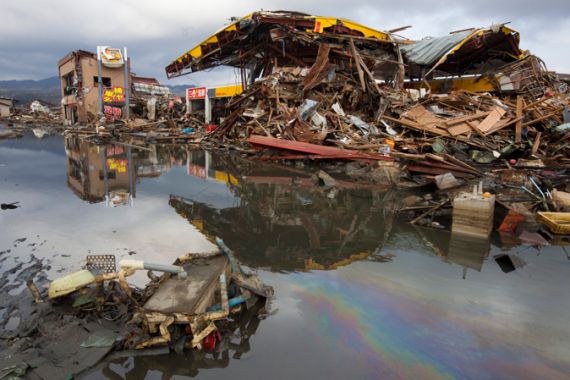The weather of 2011
With La Nina in effect we were expecting an tumultuous year, but 2011 went beyond the most dire predictions

The year 2011 was notoriously bad for natural disasters. Anyone who watched the news on 11 March 2011 is likely to forget the horrifying images of the giant tsunami sweeping across Japan, bulldozing everything in its path.
In many ways we were simply unlucky; this year’s strongest earthquakes seemed to strike densely populated areas, rather than sparsely populated regions – and the weather certainly didn’t help.
Keep reading
list of 4 itemsAfter the Hurricane
World’s coral reefs face global bleaching crisis
Why is Germany maintaining economic ties with China?
There were so many areas which were hit by flooding.
In many cases the abundance of rainfall was not triggered by global warming (although there is evidence that the global increase in temperature would have exacerbated the problems).
Instead, the excessive rain was a result of the La Nina conditions in the Pacific Ocean. La Nina is just the name given to a slight cooling of the surface waters of the Pacific Ocean, which is known to have a dramatic effect on the weather across the globe.
The results of the last 12 months have been straight out of the La Nina textbook.
The real concern now is what will happen in 2012. As yet, there is no way to predict an earthquake, but the weather is more cooperative.
The La Nina conditions are still with us, and are likely to remain in place for the next three to six months at least. This means that many of the places that saw flooding in the beginning of 2011 are likely to see flooding again in the next few months.
The slender silver lining is that the current La Nina conditions are not as strong as they were 12 months ago, so there is the hope that the flooding will not be as severe.
Meteorologists the world over, are hoping that in 2012, we will see the back of La Nina, which should allow the number of natural disasters to ease.